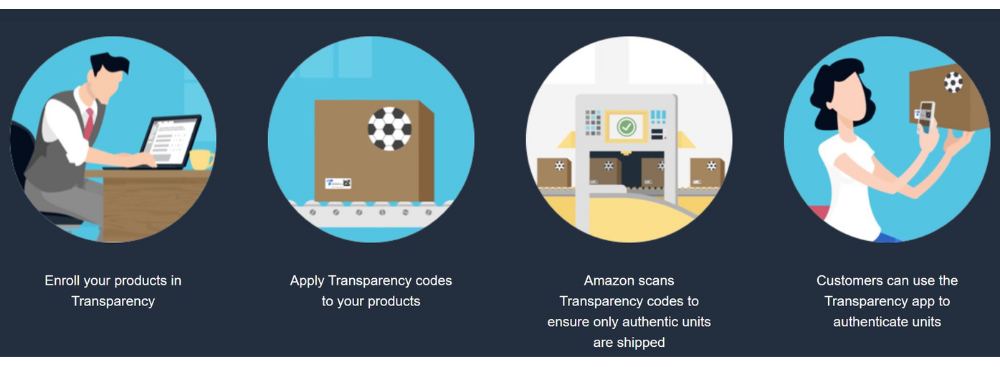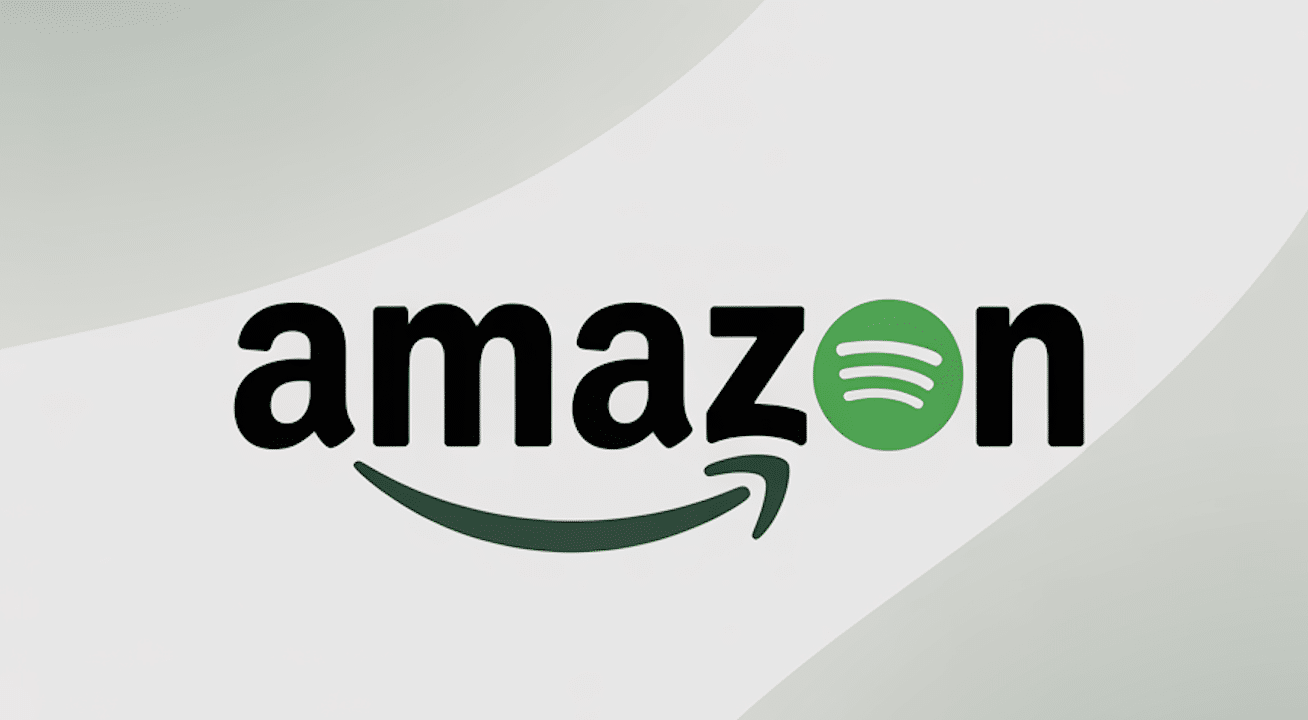Transparency Get’s An Upgrade: More New Tools From Amazon

By now most Amazon sellers are familiar with the Transparency program introduced in 2017. For those unaware, it was a program created for registered brands as a way to protect themselves against counterfeiters.
As Amazon describes it:
Transparency is a product serialization service that helps identify individual units and proactively prevent counterfeits from reaching customers.
Here’s how it works…
Brands enrolled in the Transparency program get a special QR Code (square barcode) for each unit of a specific product that they have in inventory. If the item is FBA, then every unit’s barcode is scanned before being sent out in order to ensure it is authentic.
Then, fi it doesn’t have the code, then a counterfeit investigation is launched. However, if the product is FBM, then the seller is responsible for attaching a serial number to each sent unit so Amazon can track it.

Transparency Is Not Just For Sellers
And here’s where things get interesting.
Customers can also authenticate their purchases by downloading the Transparency app from the app store or Google Play and scanning their product’s QR code. This allows them to ensure they’ve purchased an authentic product as well.
The issue that arises here is obvious; how does a customer know to look for a transparency code? They could assume every item has one, but obviously that won’t be true. They could also be informed somewhere (in followup emails or the listing itself), but likely information will still be missed by most.
In the event that there is a scannable code a customer will get a green check or a red x indicating whether the code is valid. Again, it is difficult to see where this is advantageous for a counterfeiter to replicate a fake code as it seems more likely they’ll get away with it by simply not having one at all.
This is unfortunate, considering the entire program was created to quell counterfeiting. It does, however, appear to be particularly effective at stopping the problem of listing hijackers (when counterfeiters piggyback an existing listing, stealing their buy box and any sponsored ads placements).
Amazon’s Huge Counterfeit Problem
Back in 2018/2019 counterfeiting seemed to be all that anyone talked about with regard to Amazon. There were some big articles written about it in big publications like Washington Post and The Atlantic.
That topic has been covered fully, so no need to discuss it in greater detail. The point is, before Transparency, this was such a concern that Amazon almost gave way to a new program; Brand-gating.
After Amazon had extended the privilege of downright shutting down the ability to sell specific brands to some larger vendors, the word leaked out and everyone was clamoring for brand-gating.
This was so rampant, a few lawyers attempted to capitalize on the demand and offer it as a service. See, at the time Amazon was allowing for brands to be gated in the event that they could prove a history of counterfeit issues.
However, after the flood of interest, Amazon informed lawyers that they were working to phase out the program, so it was effectively shut down before it could ever be offered as a full-fledged program.
Shortly thereafter, Transparency was introduced and the rest is basically history.
Transparency Offers New Value
The Transparency program has some flaws, and some more inconveniences.
For example, aside from what we mentioned earlier there’s also the problem with protecting products already in inventory.
Once all NEW goods are barcoded, then some level of protection can occur. But with that many hurdles in front of it, it’s understandable why many sellers wouldn’t be knocking down the doors to get involved.
Amazon may have sweetened the pot for Transparency a little though.
Recently brand-registered brands received this email:

So what’s going on here?
Well, to understand that we need to revisit the benefits of Transparency.
You can provide customers with unit-level product details, including manufacturing date, manufacturing place, and enhanced product information.
Here’s what that looks like in a couple of images from Amazon’s website:


The idea is, now, Transparency may offer some level of value beyond hijacker protection. Almost as another, external marketing piece.
Whether Amazon is using this to help curb the utilization of inserts, or as a tool to boost cross-sales from the same brands (or both) we’ll likely never know.
Whatever the reason, Amazon consistently releasing new features that offer greater communication and promotion capabilities between brands and buyers can only be a good thing.


